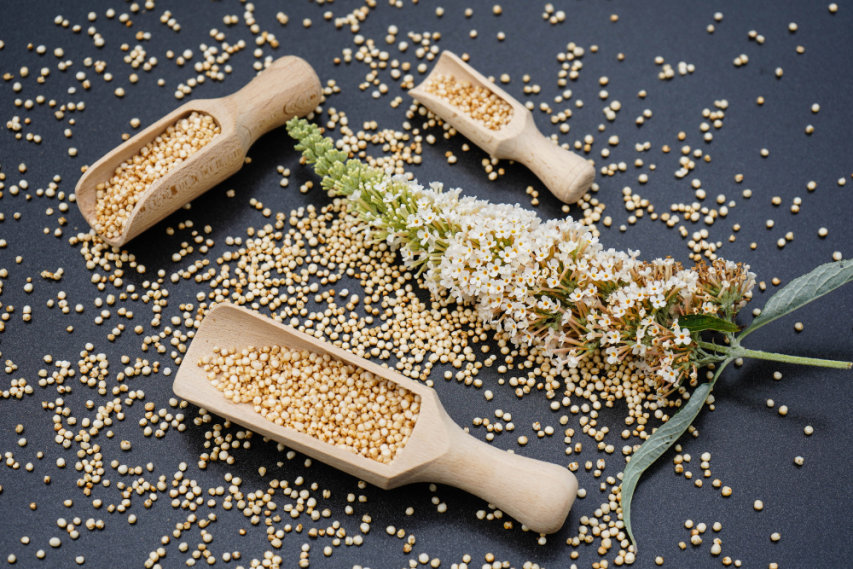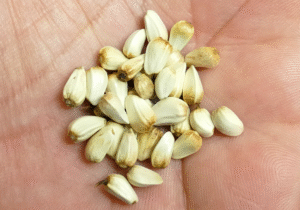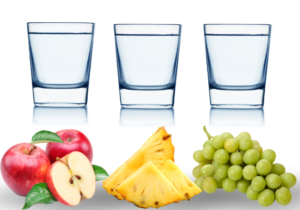Riding the Superfood Wave: How Quinoa Can Elevate Your Product Range
- Published On Jan 06, 2025

The Search for an Ingredient That Stands Out
Picture a bustling R&D kitchen where food scientists and product developers gather around a sleek steel counter, carefully experimenting with the next big thing in food innovation. They pour mixtures into test cups, scribble notes on flavor profiles, and debate potential nutritional claims. The same question echoes in each mind: What ingredient can truly set our product line apart—delivering both health benefits and consumer appeal in a competitive, ever-changing market?
Enter quinoa, a humble seed from the Andean highlands that’s captured the world’s attention for all the right reasons. Once tucked away in specialty health stores, quinoa is now making waves in mainstream aisles and upscale menus worldwide. Its journey from a “niche health food” to a “universal superfood” is nothing short of remarkable.
For B2B manufacturers, this growing fascination with quinoa holds a wealth of opportunity. By incorporating quinoa into your formulations—whether for retail-ready lines, large-scale foodservice, or specialty product niches—you can tap into a rising consumer demand for better nutrition and sustainability.
Why Quinoa Reigns as a Superfood
The term “superfood” gets thrown around often, but quinoa genuinely earns that title—and not just for marketing allure. Its unparalleled nutritional profile combines high protein, fiber, vitamins, and minerals, all wrapped up in a naturally gluten-free grain. Quinoa is one of the rare plant-based sources of complete protein, providing all nine essential amino acids. This detail alone captivates health-conscious consumers—particularly vegans, vegetarians, and flexitarians seeking protein alternatives.
Moreover, quinoa’s appeal extends beyond nutrition. As a clean-label ingredient, it resonates with buyers who want to recognize and trust every component on a package’s ingredient list. Pair that with quinoa’s sustainability—requiring less water and thriving in challenging climates—and you have an ingredient that perfectly aligns with modern ethical and ecological concerns.
In a crowded marketplace brimming with “healthy” options, quinoa’s science-backed credentials and clear labeling advantages help brands stand out. B2B players can harness these facts to educate retailers and end consumers, adding a compelling story to product labels and marketing materials.
Rising Market Demand: Trends You Can’t Ignore
A decade ago, quinoa was a distant relative to more familiar grains like rice or barley. Today, it’s showcased in quick-service restaurants, featured in ready-to-eat bowls, and even integrated into snacks and cereals. Market research consistently shows double-digit growth in quinoa consumption, particularly in regions like North America and Europe, where consumer appetite for high-protein, whole-grain foods is surging.
But it’s not just about being on-trend. Foods featuring quinoa often command a premium price due to its superfood status. That translates into higher margins for brands that incorporate quinoa effectively. Whether you’re producing private-label mixes or large-volume baked goods, the inclusion of quinoa can instantly boost the perceived value of your product line.
For B2B manufacturers, meeting this demand involves more than simply adding another SKU. It’s about tying a product’s health benefits and ethical sourcing into a cohesive story—one that resonates across distributors, retailers, and, ultimately, the end consumer.
Elevating Your Product Range: A World of Applications
One of quinoa’s greatest strengths is its versatility. In a B2B context, that means fewer logistical headaches and a broader array of potential formulations:
- Baked Goods & Bakery Mixes: Substituting a portion of regular wheat flour with quinoa flour instantly elevates protein and fiber content, while providing a subtle nutty flavor. This is especially impactful for gluten-free product lines, where quinoa can serve as a primary flour alternative or a complementary blend.
- Prepared Meals & Meal Kits: Quinoa’s firm yet tender texture works seamlessly in ready-to-eat bowls, curries, and salads. Its quick-cooking nature benefits large-scale kitchens and manufacturing lines aiming for efficiency without sacrificing quality.
- Snacks & Cereals: Puffed quinoa adds crunch and visual appeal to energy bars, granolas, and cereal clusters. The high protein count allows for “better-for-you” marketing claims that are increasingly popular with snack-hungry audiences.
- Plant-Based Dairy & Beverage Innovations: In the growing niche of plant-based milks and smoothies, quinoa offers a distinctive point of differentiation. Combined with other grains or nuts, quinoa-based beverages can stand out in a market clamoring for variety beyond soy, almond, or oat.
Ensuring a Reliable Quinoa Supply: The B2B Perspective
While quinoa’s potential seems boundless, achieving real success in large-scale manufacturing hinges on supply reliability and product consistency. Quinoa is primarily cultivated in the Andean region—particularly in Peru and Bolivia—though other regions are now entering the fray. Given the global demand, it’s critical to collaborate with suppliers who:
- Maintain Strong Farmer Relationships: Direct ties to farming cooperatives often ensure both quality and fair-trade practices.
- Adhere to Quality Certifications: Look for partners following ISO, FSSC 22000, and other global food safety standards. This ensures your batches are consistent, safe, and meet retail compliance requirements.
- Offer Flexible Packaging & Delivery: Bulk bags, totes, or customized retail packaging—your supplier should adapt to your manufacturing needs.
- Sustain Ethical Farming Practices: Transparent sourcing appeals to eco-conscious and ethically minded buyers, reinforcing your brand’s values.
At Sun Impex, we maintain strong relationships with quinoa farmers in the Andean region, ensuring consistent quality and fair-trade practices for our B2B partners.
Integrating Quinoa into Your Brand Story
Beyond the nutritional and logistical advantages, quinoa’s narrative can become a powerful part of your brand identity. Consumers connect with the idea of an ancient seed once revered by the Incas, now powering modern lifestyles. Highlighting quinoa’s backstory—how it’s cultivated, the communities involved, and its minimal environmental impact—can elevate your marketing campaigns and product packaging.
In an industry where transparency and traceability resonate deeply with purchasers and end consumers, don’t hesitate to showcase your quinoa’s journey. Whether you’re presenting at a trade show, pitching to a supermarket chain, or developing a new line of packaged foods, incorporate visuals and stories about the people and places behind your supply.
A Seed for Growth and Innovation
From its ancient roots in the Andean mountains to its prominent role in today’s health-conscious market, quinoa offers far more than a fleeting trend. It’s a complete protein source, a clean-label winner, and a sustainable choice that speaks to the values of modern consumers.
For B2B organizations ready to adapt and innovate, integrating quinoa into product lines can spark a competitive edge. It aligns with fast-evolving consumer preferences and opens the door to new product applications across the spectrum—baked goods, ready meals, snacks, beverages, and beyond. By partnering with a reliable supplier and weaving quinoa’s story into your brand narrative, you can position your business at the forefront of the superfood revolution.
Ready to Explore Quinoa Solutions?
If you’re eager to leverage quinoa’s potential and need a consistent supply of premium-grade product, Sun Impex can guide you from sourcing to delivery—so you can stay focused on innovation. Reach out to our team today to discuss how we can tailor a quinoa supply plan for your business.
Recent Post
-

The Unsung Hero: Innovative Uses of Safflower Seeds in Health & Wellness
-

Why Tamarind is a Must-Have Ingredient for Food Businesses
-

Breaking Down Deionized Concentrates - Why They’re a Game-Changer for Food and Beverage
-

Sun Impex’s Eco-Commitment - Reducing Food Waste Through IQF and Canned Solutions
